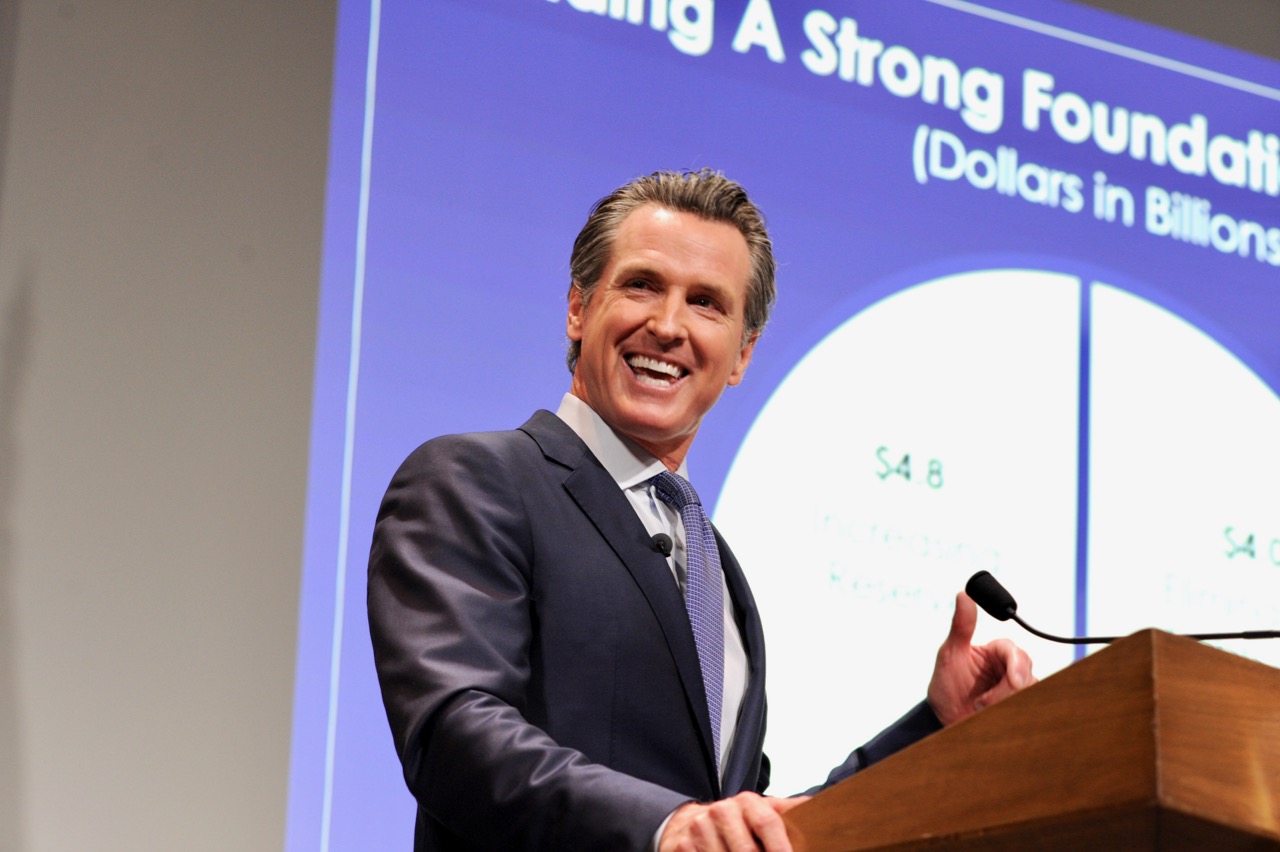
California State Assembly in Session. (Photo: Kevin Sanders for California Globe)
Interesting Statements of Legislative Intent
The California Legislature on occasion desires to express its intent regarding proposed legislation
By Chris Micheli, March 17, 2022 2:54 pm
As the lawmaking branch of state government, the California Legislature on occasion desires to express its intent regarding proposed legislation. In my mind, there are four forms of intent measures. The first is an “intent bill,” which is used for introducing a placeholder bill. This form of intent describes what the bill will become once substantive language is amended into the bill.
The following is an example of intent bill language when a placeholder bill is introduced and before substantive language is put into the bill:
It is the intent of the Legislature to enact legislation to establish standards and requirements for qualification, payment and reimbursement, supervision, and scope of eligible services, and to create an advisory structure for a community health worker and promotores benefit in the Medi-Cal program. It is further the intent of the Legislature to enact legislation to establish processes aimed at ensuring community health workers, promotores, the State Department of Health Care Services, and the State Department of Public Health have the supportive structures in place to adequately serve community needs, by expanding our health care workforce and thereby expanding access to culturally and linguistically competent care.
The second form is when legislative intent statements are included in the substantive language of a bill. These statements of legislative intent always begin with the introductory clause, “It is the intent of the Legislature that ….” Sometimes those statements of legislative intent are clearly directed at the judicial branch of state government when the courts are called upon to interpret statutory language.
The following is an example of legislative intent language directed at the judicial branch:
It is further the intent of the Legislature that any court, which finds, or, in the process of reviewing a previous court finding, finds, that a public agency has taken an action without compliance with this division, shall specifically address each of the alleged grounds for noncompliance.
The third form is when legislative intent statements are included in the substantive language of a bill, but the statements are clearly directed at the executive branch agencies and departments that must apply or enforce the statutory language. Sometimes these intent statements are consistent with the regulatory agency’s interpretation, but in other instances, these statements may be contrary to the way in which an agency has interpreted the law.
The following is an example of legislative intent language directed at an executive branch state agency:
It is the intent of the Legislature that this act’s amendments to subdivisions (f) and (n) of Section 281 of the Public Utilities Code do not require the Public Utilities Commission to modify its rules to the extent those rules are consistent with those amendments.
The fourth form is when legislative intent statements are included in the substantive language of a bill, but the language represents a broad policy statement, not directed at the judicial or executive branches of state government. They may be directed at local government or the private sector, or they may simply be general policy statements.
The following are examples of legislative intent language that represent
It is the intent of the Legislature that collective bargaining agreements be respected.
It is the intent of the Legislature that the definition of gross revenues in this division shall result in local entities maintaining their existing level of revenue from franchise fees.
It is the policy of the State of California that subscribers and potential subscribers of a state video franchise holder should benefit from equal access to service within the service area.
There are many expressions of legislative intent, in excess of 10,000 instances in California statutes. They are important for interpreting or understanding statutory language and in receiving guidance about the policies of the State of California.
- Health Insurance Assignment - January 7, 2026
- Court-ordered Child Support - January 6, 2026
- Third-party Claims - January 6, 2026




